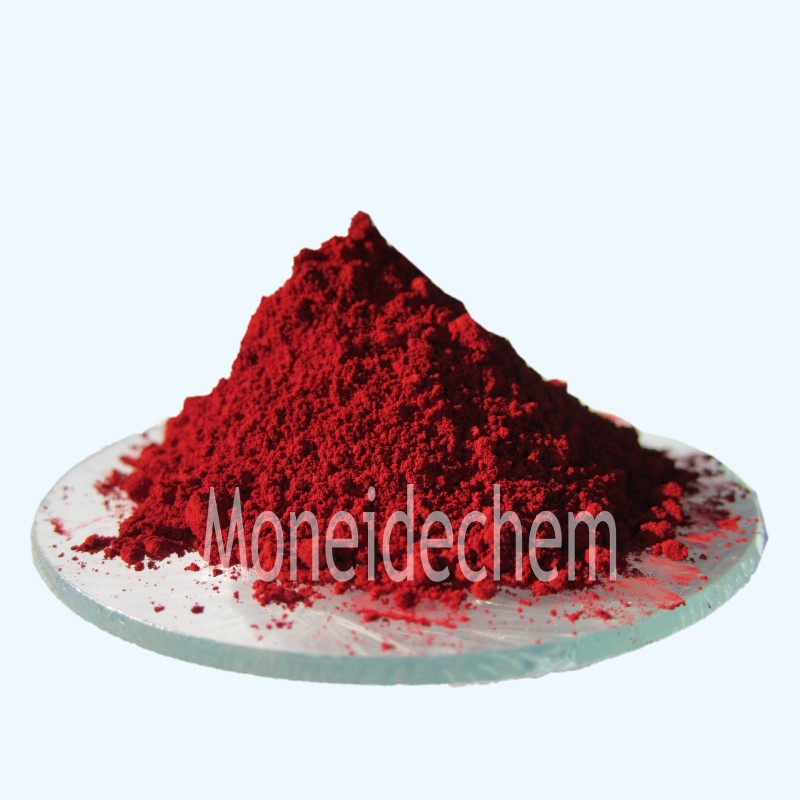Moneide Kemiaĵoj
Tel: 86-315-8309571
WhatsApp/WeChat/Mobile: 0086-15633399667
Skajpo: janet-honesta
Poŝto: sales@moneidechem.com
Adreso: 2-7-523 Jidong Building Materials Tangshan, Hebejo 064000 Ĉinio
-
Kemia Nomo
Solvent Red 23
CAS No.
85-86-9
Molekula formulo
C22H16N4O
EINECS No.
201-638-4
Molekula pezo
352.40
Molekula Strukturo

Detaloj
Appearance: Brown red powder
Melting point: 196-208℃
Solubility in Benzene: Passes test
Biological stain: Passes test
Sulfated ash: 0.1% max
Loss on drying: 0.5% max
Solubility: insolve in water, solve in benzene, chloroform, acetic acid, ethanol, aether, acetone and petroleum ether.
Packing: 25kg/ fibre drum
Ĉefa Apliko
Used as biological dyeing agents.
-
1. What is Solvent Red 23?
-
Solvent Red 23 is a synthetic anthraquinone dye widely used as a colorant for non-polar materials. Its chemical name is 1-[(4-(Phenylazo)phenyl]azo]-2-naphthol, and it appears as a deep red powder or solution. Classified as a solvent dye, it dissolves readily in organic solvents like toluene and acetone but not in water. This dye is valued for its stability under heat and light, making it suitable for industrial applications. While effective, its use is restricted in food and cosmetics due to potential toxicity concerns, limiting its role to technical and manufacturing processes. -
2. Solvent Red 23 Features
-
Key features of Solvent Red 23 include excellent solubility in hydrocarbons, high tinting strength, and resistance to fading under UV exposure. Unlike water-soluble dyes, it remains stable in oils, waxes, and plastics without bleeding or migration. Its bright red hue is consistent even at high temperatures, making it ideal for automotive and industrial coatings. However, its synthetic nature and potential environmental persistence require careful handling and disposal. The dye is also known for its chemical inertness, ensuring compatibility with various polymers and solvents. -
3. Solvent Red 23 Application
-
Solvent Red 23 is primarily used in coloring fuels, lubricants, and waxes, where its oil solubility ensures even distribution. It is a popular choice for marking dyes in gasoline and industrial oils. The plastics industry employs it for tinting polystyrene, PVC, and other synthetic materials. Additionally, it finds use in printing inks for packaging and specialty coatings. Due to regulatory restrictions, its applications are strictly industrial, avoiding food-contact or cosmetic uses. Its reliability in non-polar systems maintains its demand despite the development of alternative dyes.

























